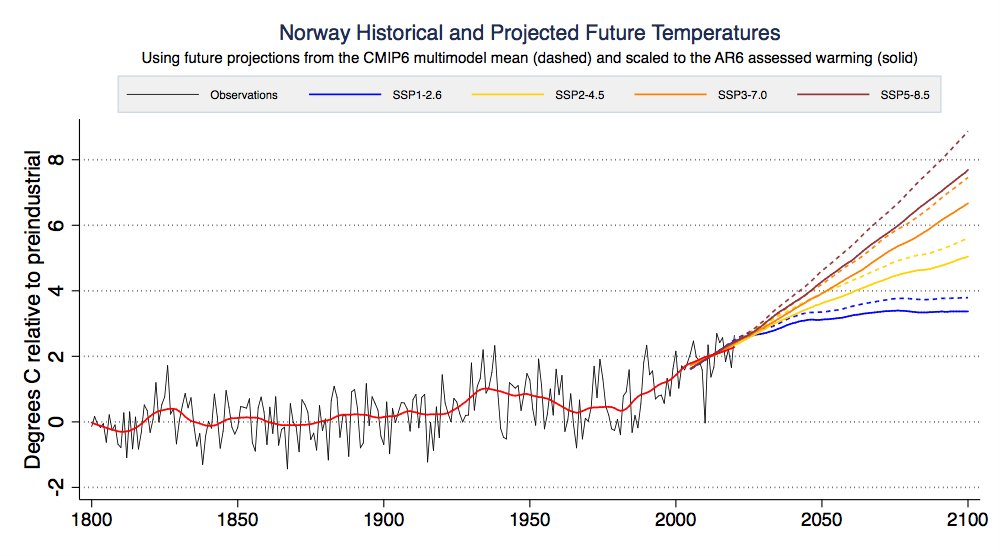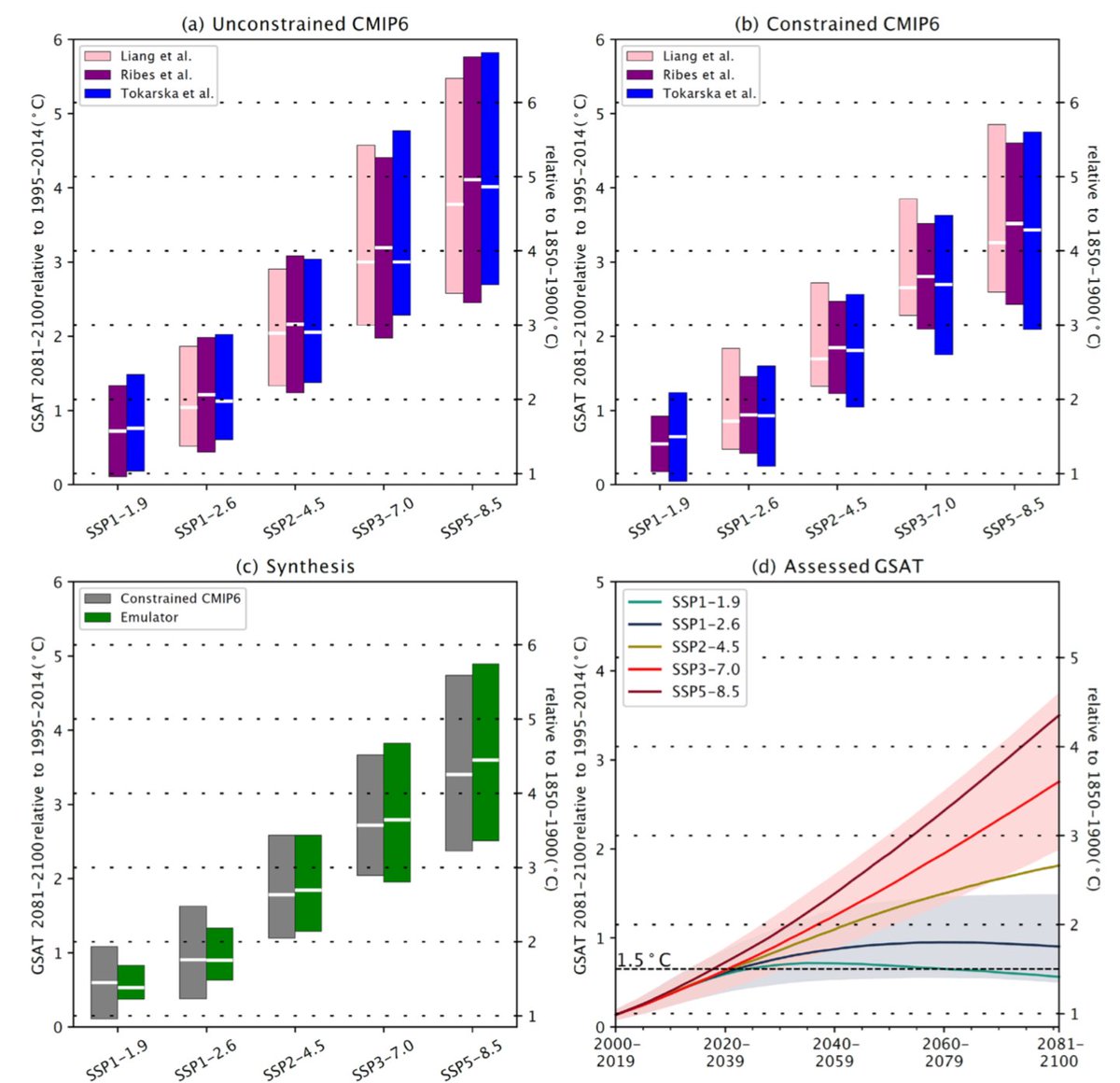
If the proposed Clean Energy Performance Program becomes law it will severely penalize utilities for closing existing nuclear plants. We estimate that closing the Diablo Canyon plant would cost PG&E somewhere between $500 million and $1.5 billion: thebreakthrough.org/issues/energy/…
CEPP awards utilities with a payment of $150 per MWh for an increase in year-over-year clean energy generation of over 1.5 percentage points if the total increase year-over-year exceeds 4 percentage points.
For example, if a utility had 20% of the electricity generation from clean sources in 2022, and increased that to 24% in 2023, they would be eligible for a payment of $150 per MWh for 2.5% (4% minus 1.5%) of their total generation.
These $150 per MWh payments are given each year based on year-over-year changes. Effectively this means that each addition of clean generation gets a one-time payment, assuming the utility exceeds the minimum 4 percentage point increase in the year in which it is installed.
In addition, the CEPP includes a penalty for utilities that fail to achieve a 4 percentage point increase in clean generation. Specifically, utilities suffer a $40 per MWh penalty for the diff between their year-over-year increase in clean gen and the 4 percentage points target.
Finally, to avoid manipulation of the system, no incentives can be awarded for year-over-year increases in clean gen if it remains below baseline levels. This prevents utilities from removing existing clean gen and then being rewarded with incentives for filling the gap back in.
PG&E is planning to decommission Diablo Canyon that is responsible for approximately half of their current clean energy in 2024 and 2025 (with one of the two generating units retiring in each year). This will very likely result in PG&E paying a penalty under the CEPP.
The magnitude of this penalty depends on the extent to which Diablo’s generation can be replaced by other clean generation in the year it retires.
This is an important restriction: the ultimate replacement of Diablo’s generation with other clean energy sources will not result in any incentives — and will not reduce the penalty — unless it happens in the same year that Diablo is retired.
Because Diablo’s generation is baked into PG&E’s baseline, they will have to pay a penalty for any decline in clean energy percentage in the year in which each generating unit is retired, but are not eligible for any future clean generation incentives as they fill in the gap.
Fully replacing Diablo with other clean generation in the year it is retired is a much more difficult task than replacing it over a longer period of time. Based on the CPUC, the clean firm gen and long-term storage intended to replace Diablo won’t be online until 2028 or later.
We estimate that PG&E will be on the line for between $500 million to $1 billion in penalties depending on how fast they install clean energy in 2024 and 2025. They will also potentially be at risk for missing out on an additional $500 million in incentives.
So, if you are a utility planning to close existing nuclear plants, you better be in a position to replace 100% of their clean energy generation in the year they retire – rather than down the road – to avoid penalties under the CEPP. Utilities may want to reconsider accordingly.
• • •
Missing some Tweet in this thread? You can try to
force a refresh










